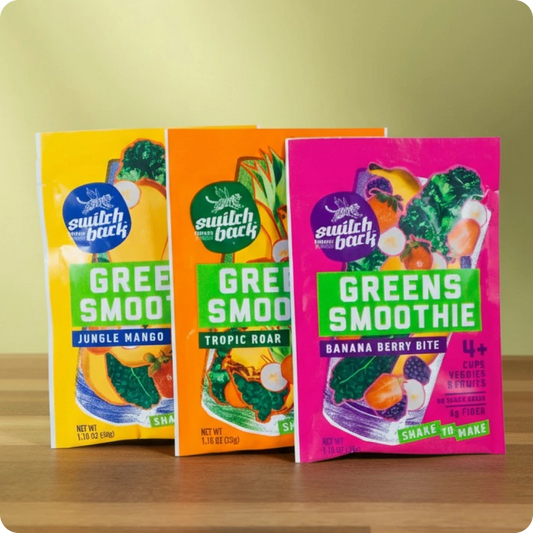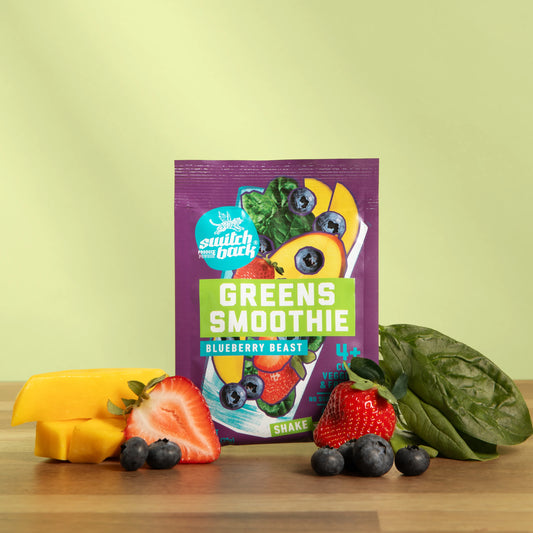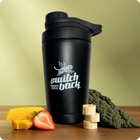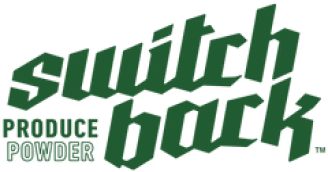
What does Dietary Fiber mean on a nutrition label?
If you’ve ever flipped over the package of your favorite food to read the Nutrition Facts label, you probably saw the words “Dietary Fiber.” Even though it's one of the easier words to pronounce on a nutrition label, most of us still probably have some questions.
Here’s a quick overview to help you understand what it means, how it’s measured, and which types of food you’d expect to see higher amounts of Dietary Fiber on a food label.
Dietary fiber is the indigestible part of plant foods. It is made up of carbohydrates that cannot be broken down by human enzymes. Simply put: It’s the parts of plant foods your body can't digest or absorb which passes through your body mostly intact. That may sound rough (pun intended), but dietary fiber is important for good health because it helps to:
- Keep the digestive system healthy.
- Reduce cholesterol levels.
- Control blood sugar levels.
- Promote weight loss.
In the US, the information about the amount of dietary fiber per serving information is shown on the back side of packaging in the Nutrition Facts panel— as long as the food item contains more than one gram of fiber. So if you don’t see it, just know it’s not a high-fiber food.
What do the numbers mean?
The Nutrition Facts label on food and beverage packages shows the amount in grams (g) and the % Daily Value (%DV) of dietary fiber per serving of the food. The Daily Value for dietary fiber is 28 g per day for adults, but some groups recommend as much as 38 g per day for men under 50. To put that into real terms, one medium-sized banana has about 3.1g of fiber.

But before you run off to buy a bunch of 10 bananas for tomorrow or do a search for fiber supplements, know that the best source of dietary fiber comes from food. And the best way to help you get more fiber in your diet is to eat a variety of plant foods, including fruits, vegetables, whole grains and legumes. Yes, all the things we already know are healthy.
So the next time you're shopping for packaged food, flip it over and see how much dietary fiber you're getting and if you want to swap it for a high-fiber food instead.




